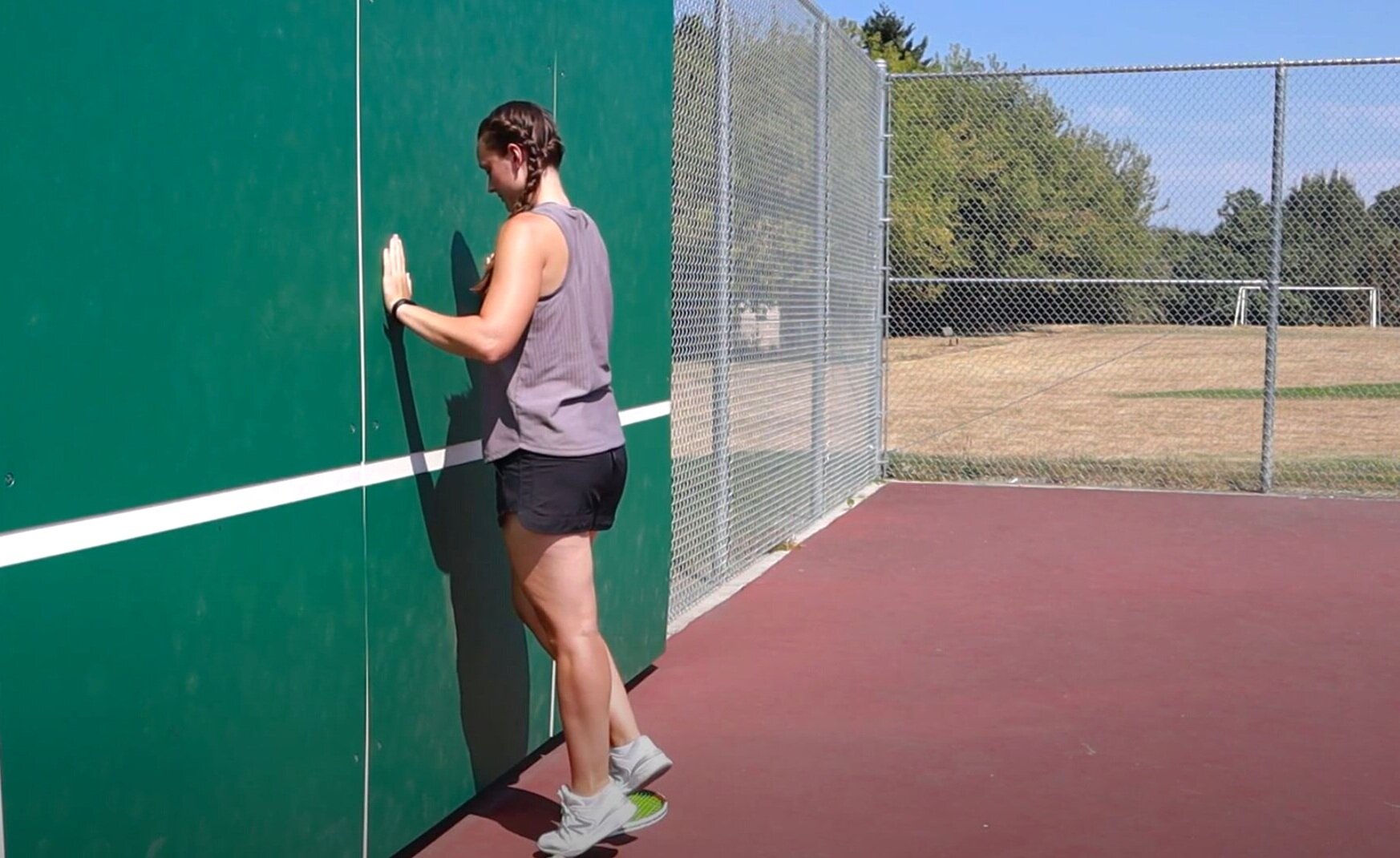Injury Highlight: Ankle Sprains
One of the most common injuries in sports is the ankle sprain. Any sport that involves jumping, sprinting, change of direction, or acceleration is a high risk sport. Some of these sports are soccer, basketball, volleyball, and tennis.
A couple of activities that are not highlighted quite as much are golf and hiking. The uneven terrain and fatigue in long-term events can raise the risk of ankle sprains. Infrequently highlighted is the “parent ankle sprain” tripping over toys strewn over the floor.
Whether you are a competitive athlete or not, these examples highlight the frequent occurrence of ankle sprains throughout activities of daily living.
So what exactly is an ankle sprain? By strict definition, an ankle sprain occurs when a ligament (the connective tissue linking bones) is stretched to the point of tissue damage. There are multiple levels of damage that can occur including minor tears, partial tears, full ruptures, or avulsion fractures. There are many different ways to sprain your ankle. Ankle sprains can occur by rolling your ankle out, in, or the notorious plant and twist. The bad news is, once you sprain your ankle, you are more likely to sprain it again. For previous ankle sprain victims, this makes injury prevention all the more important.
At Penny Project Fitness, we believe in making every movement count, and we do that by incorporating injury prevention into our programs. Since ankle sprains are commonplace in sports and activities of daily living, you will often find single-leg strength, stability, and balance training exercises in our programs for prevention purposes.
Here are some of our favorite exercises that can help you strengthen your ankles:
1. 3-Way Tennis Ball Tap
Technique Notes: fight to keep your standing leg knee over the center of your foot. Creating tension in the glutes and core can help improve balance.
Highlight: this drill can help improve balance during change of direction.
Variation: try different speeds and unstable surfaces for an extra challenge.
2. Squat Jump to Toes Iso
Technique Notes: when going up onto toes, keep tension between the legs (activate the inner thigh or adductors) and keep the ankle centered over the midfoot to prevent the ankle from rolling out or in.
Highlight: this drill strengthens the ankle in an unstable position and strengthens the posterior tibialis muscle.
Variation: change the length of the isometric hold on your toes and the speed of the squat explosion to create more or less of a challenge.
3. TRX Sumo Squat w/ Heel Raise Iso
Technique Notes: use TRX just for a balance assist, if it becomes too easy you can remove the assist altogether. Additionally keep the ankle stable during the squat motion.
Highlight: this is a great balance drill with a squatting motion to add some additional distractions, which can make balancing more difficult.
Variation: change the amount of assist (TRX, wall, or none at all) and the stability of the standing surface. Barefoot, sand, or an uneven surface can provide an additional challenge.
Not all ankle sprains can be prevented, but with proper training, we can prevent as many as possible. Try adding a couple of these exercises into your warm-up to help strengthen your ankles and better prepare your body for unpredictable surroundings.
**Disclosure: if you suspect that you have an ankle sprain or have any pain or discomfort while performing these exercises, discontinue and consult your doctor. If you have a previous ankle injury, consult your doctor before attempting.
Want to start your own injury prevention program? Sign up for our Biomechanics & Mobility Screen HERE!


